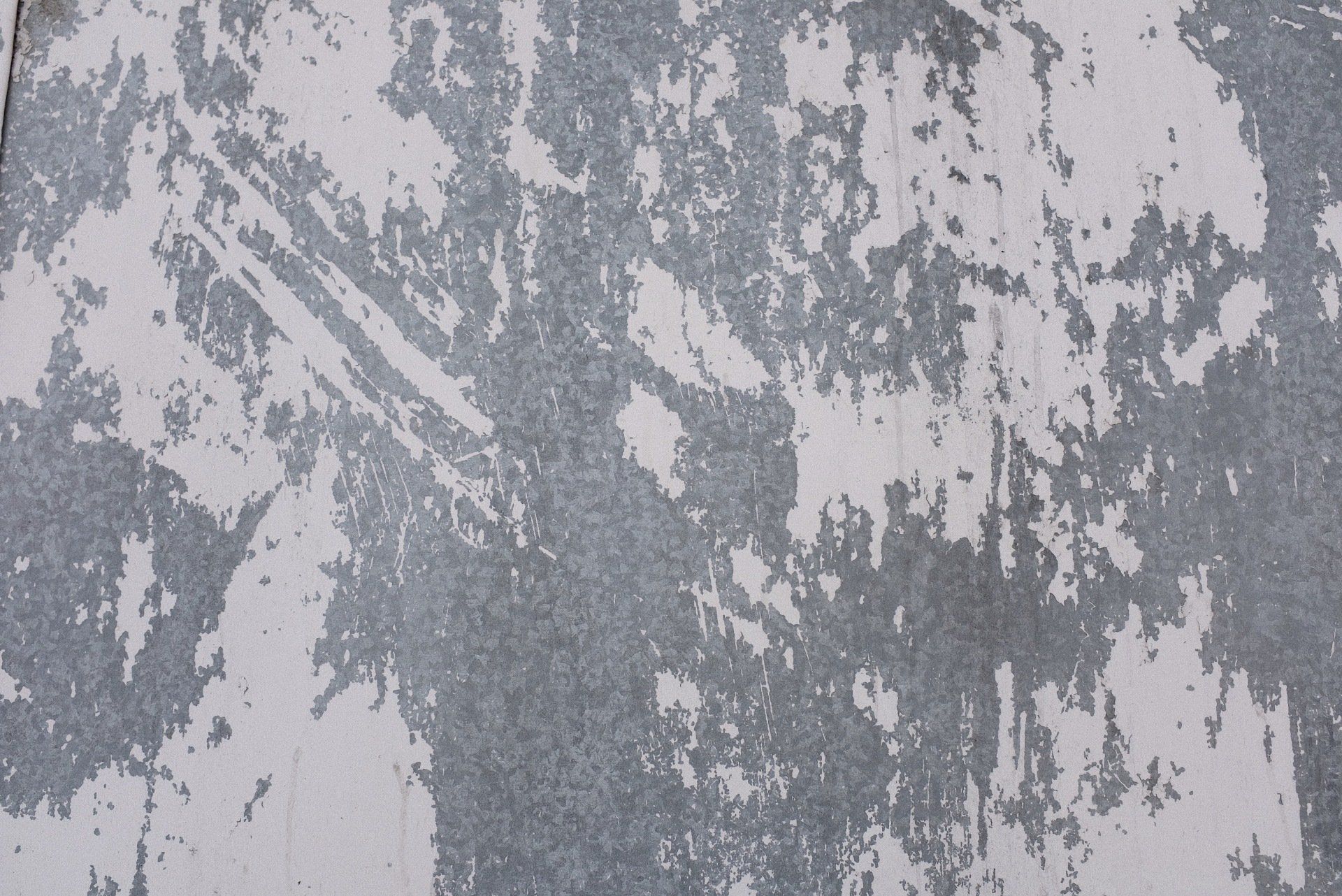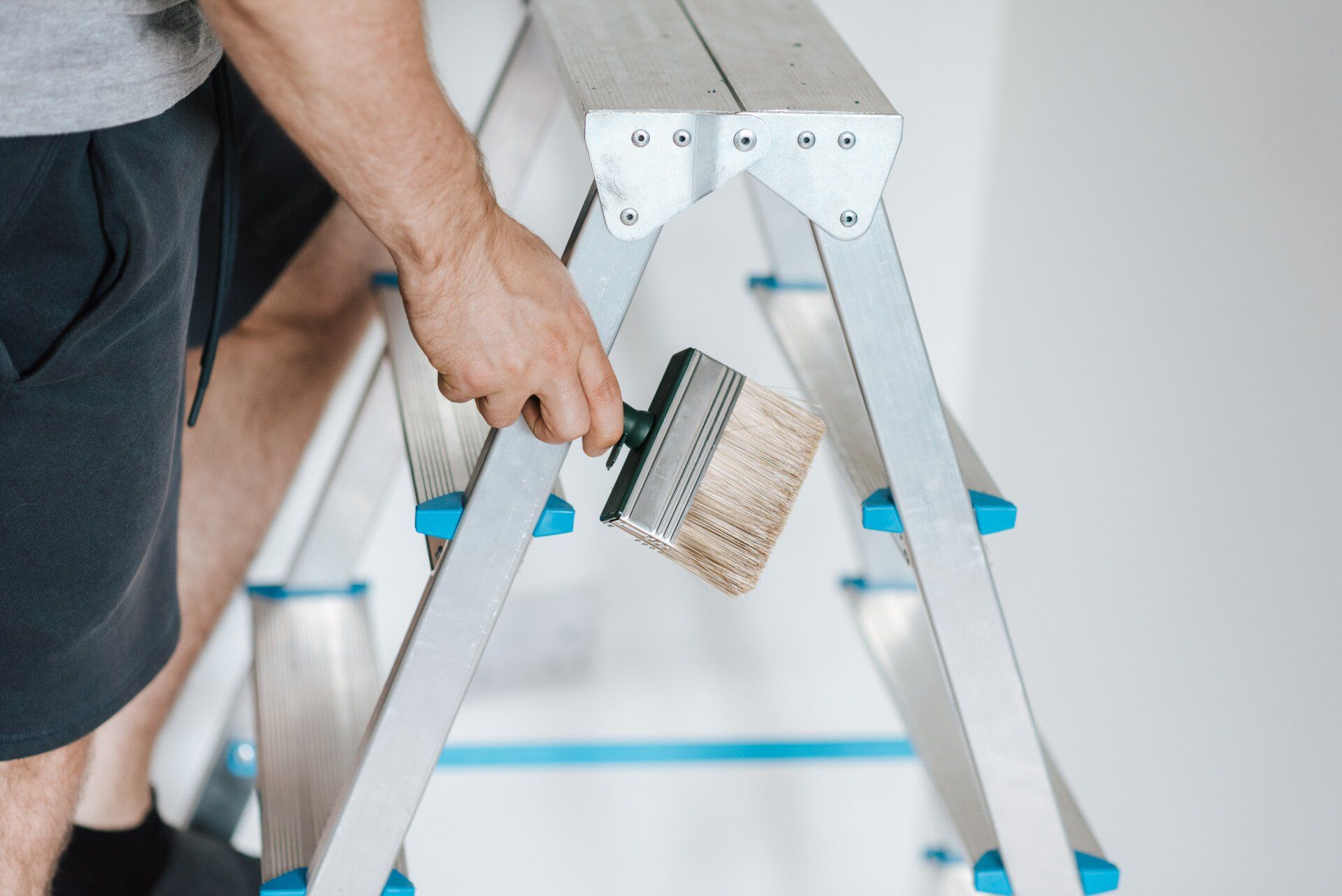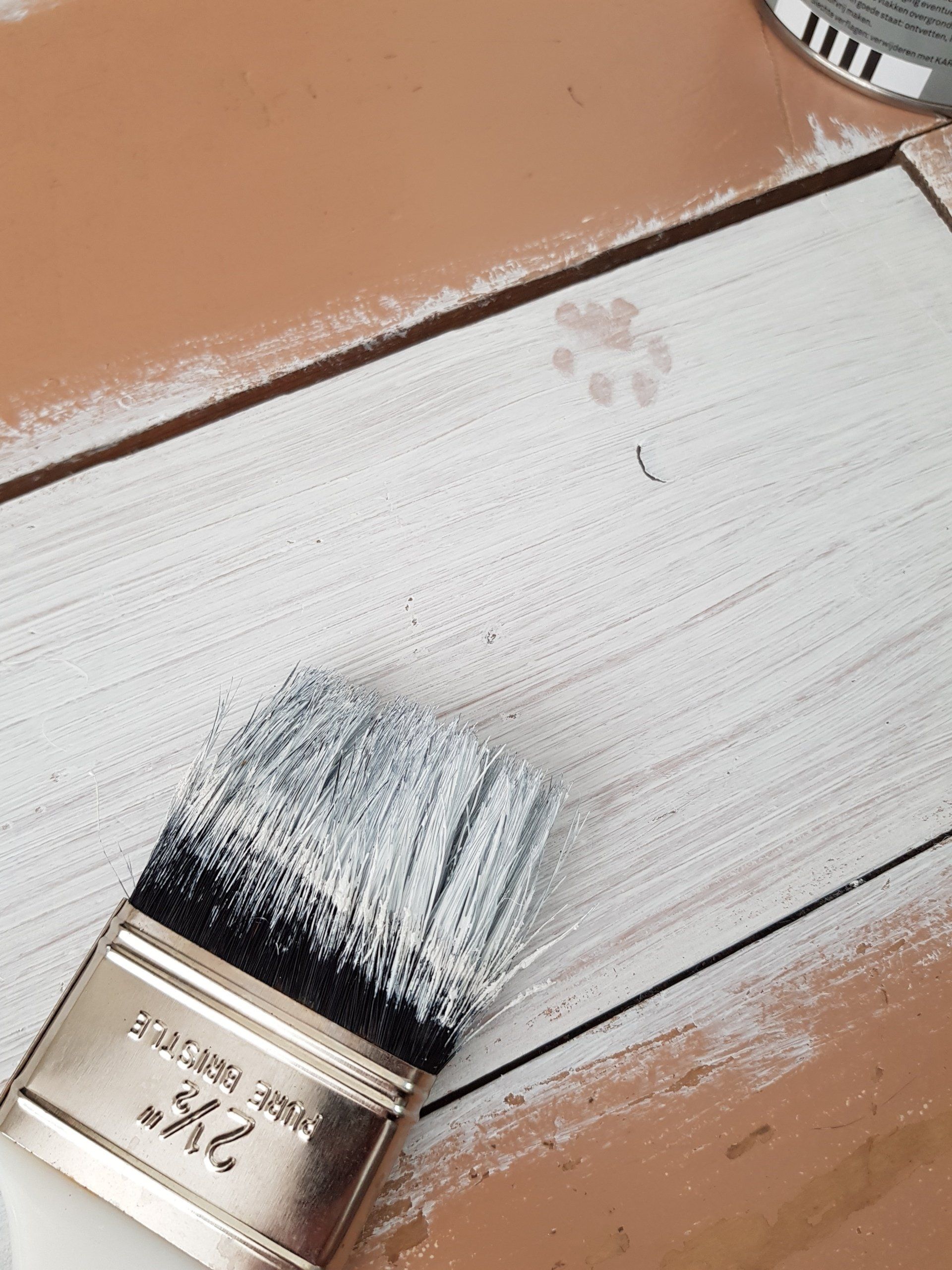Can You Paint Cabinets Without Sanding?
Can You Paint Cabinets Without Sanding?
If you're in search of an opportunity to rejuvenate your bathroom or kitchen, painting the cabinets is an excellent option. But, you might be wondering whether all that work of sanding and preparation is worth it. We've created an inventory of the items required for different states of finish for cabinets to assist you in determining if the cabinets can be painted without having to sand them.
Raw Unvarnished Surface
When your cabinetry is made of raw wood and unfinished, there's no requirement to sand them prior to painting. The rough surface will be uniform and smooth enough to hold the layer of paint and allow it to absorb into the pores of the wood. Allowing the paint to soak to the surface is the way to keep it fresh, even after many years of use.
Recently Painted Surface
A surface that was painted recently doesn't require sanding; however, it is an option. A cabinet that was painted in the last year could be painted again without stripping away the previous coating first. If you're certain that it's been one or two months between the last painting, the cabinet's surface should be level and free of blemishes to hold the new paint.
But, based on the quality of the first layer of paint that has been applied, you might want to sand it in the end. If the first coat wasn't evenly applied, you might end up with areas that may be damaged and worn down over time. If you're not sure whether the coating is fresh enough to be able to paint the cabinet doors without the need for sanding, it's a good idea to try it out to make certain you are getting the most effective outcomes.
Damaged or Peeling Paint
If the paint on your cabinets has been damaged or chipped, it is essential to first sand it. The uneven areas on the surface might not provide the new coating of paint with enough power on the material to ensure a long-lasting paint job. Whatever coats you apply, there will be some areas where the paint has not completely been set, and this can affect the durability of the final product.
Another of the main reasons to sand off peeling or damaged paint prior to applying a new coat is the fact that the final product won't be perfect. Any divots or dips on the surface that were visible prior to the painting process are likely to remain even after the paint is removed.
Varnished or Shiny Surface
If your cabinets have a shiny or varnished surface, then you must smooth them out prior to painting them. Polyurethane varnishes protect the surface from oil and other water that could get on the cabinets. While this is useful in protecting your cabinets against damage from the water in your kitchen, it can also prevent fresh coats of paint from adhering to the surfaces.
Being aware of whether you can paint cabinets with no sanding may be useful; however, such a task takes time, an amount of experience, and different tools and sandpapers for the job to be completed efficiently. There's a high possibility that you'll invest the time and money, as well as elbow grease, and then be left with an unsatisfactory paint job adequate or appears worse than before.




